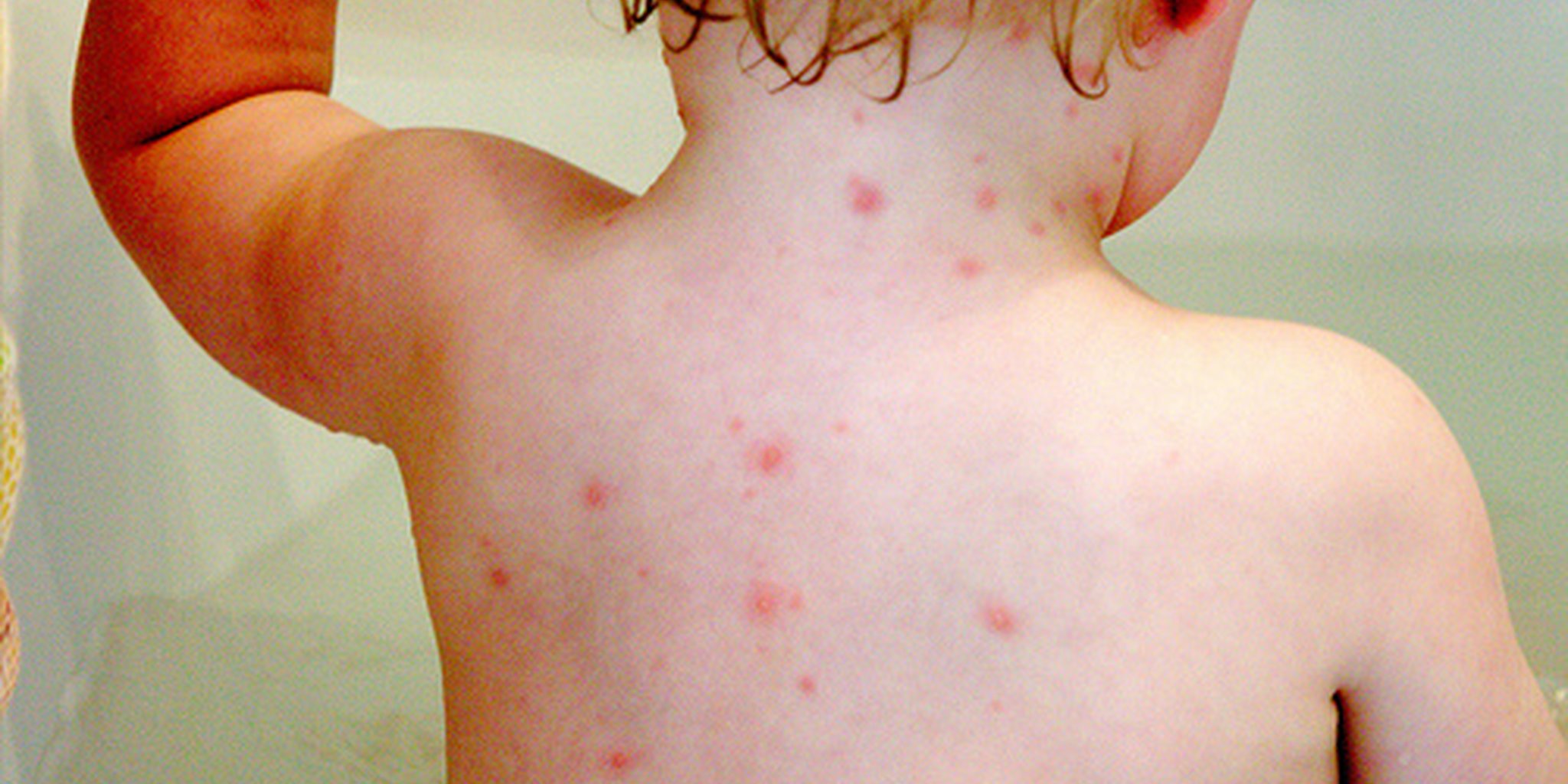[This is an excerpt from a previous blog in which I wrote about our family’s experience with chicken pox.]
If your children do develop chicken pox, here are some tips:
- Give high doses of vitamin C (powdered sodium ascorbate). A good guideline is 1 gram per year of child’s age per day, spread throughout the day, up to the age of 10 years (thus a 2 year old would get 2 grams). Over the age of ten years, 10 grams per day, increased up to 20 grams when experiencing an active infections or any symptoms.
- Avoid scratching. You can put mittens or socks on baby’s hands to prevent scratching. Older children could also wear socks on their hands at night when they may be prone to scratching. Clip fingernails.
- Avoid ibuprofen as it has been implicated in causing a more severe reaction in chicken pox and may increase risk of necrotizing fasciitis, a serious skin infection.
- Avoid Tylenol. Tylenol depletes glutathione levels in the body. Glutathione is very necessary in helping the body rid itself of foreign substances.
- Avoid aspirin which is know to be implicated in Reye Syndrome.
- I never used any essential oils to treat my own children when they had chicken pox, but if I was treating a child with chicken pox today I would research which ones to use. Lavender Oil, Tea Tree Oil, Naouli Oil, Roman Chamomile Oil, Clove Oil, Rosemary Oil have all been suggested.
- Oatmeal baths, baking soda, Epsom salts, brown vinegar, honey (applied topically), aloe vera, basil, ginger have all been suggested as useful ways to reduce itching and aid healing.
This is an excellent article about chicken pox and a long list of helpful home remedies, but I highly disagree with their statement “The best way to prevent chickenpox is to get vaccinated.” http://homeremediesforlife.com/chickenpox/
There are more risks in getting the chicken pox vaccine than are admitted by those promoting this shot. “Reported complications from chickenpox vaccine include shock, seizures, brain inflammation (encephalitis), thrombocytopenia (blood disorder), Guillian Barre syndrome, death and infection with vaccine strain chickenpox or transmission of vaccine strain chickenpox to others;” (see more at http://www.nvic.org/Vaccines-and-Diseases/Chickenpox.aspx)
Chicken pox vaccine is manufactured by Merck and is supplied in a frozen or refrigerated form either on its own, or in the ProQuad, which is a combination shot that includes MMR (measles, mumps, and rubella vaccines). You can read the complete information from Merck on these vaccines from the FDA website. I encourage you to especially read section 11 which always contains the detailed description. In the case of the varicella vaccine (chicken pox) the most troubling fact is that “the Oka/Merck strain of varicella-zoster virus propagated in MRC-5 cells.” MRC-5 cells were derived from aborted human fetal cells.
“Each 0.5-mL dose of the vaccine nominally contains 20 mg of sucrose, 11 mg of hydrolyzed gelatin, 2.5 mg of urea; 2.3 mg of sodium chloride, 16 mg of sorbitol, 0.38 mg of monosodium L-glutamate, 1.4 mg of sodium phosphate, 0.25 mg of recombinant human albumin, 0.13 mg of sodium bicarbonate, 94 mcg of potassium phosphate, 58 mcg of potassium chloride; residual components of MRC-5 cells including DNA and protein; 5 mcg of neomycin, bovine serum albumin (0.5 mcg), and other buffer and media ingredients. The product contains no preservative.”
Notice that the vaccine contains residual components of MRC-5 cells including DNA and protein. That means, when we inject this vaccine, we are injecting human DNA from an aborted male baby. The Rubella vaccine contains residual DNA from a female aborted human baby. There has been no scientific exploration of what the consequence of injecting our babies with both male and female DNA. The package insert of all of these vaccines clearly states in section 13:
That means we do not know if this vaccine could be implicated in future cancers, DNA mutation or teratogenic (relating to, or causing developmental malformations), or to the impact on your child’s future fertility. This same statement is found on nearly every vaccine package insert I have investigated.
Vaccines are a huge gamble. Chicken pox is a brief inconvenience.
Author: Becky Hastings, wife, mother, grandmother, passionate follower of Jesus and truth. As a breastfeeding counsellor for over 23 years Becky is devoted to helping parents make wise decisions for the long-term health and wellbeing of their babies. As a member of a Vaccine Safety Education Coalition, Becky writes and speaks on the topic of vaccine safety.






